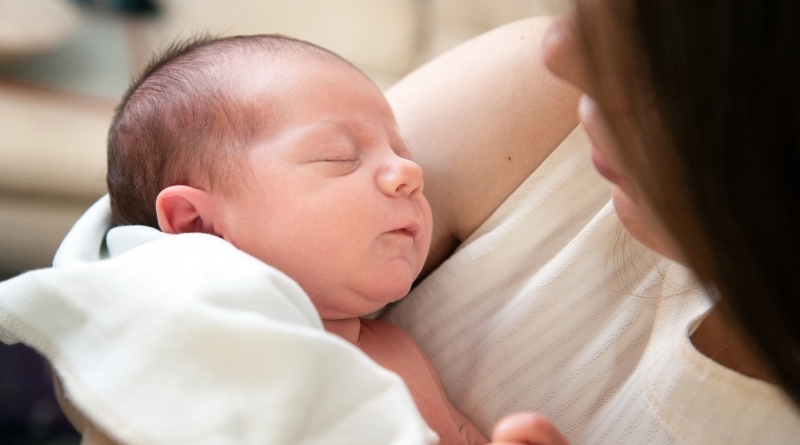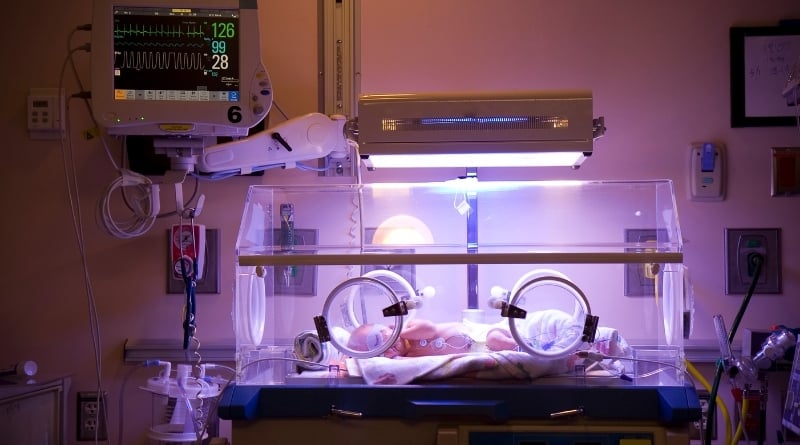5 Answers to Questions You May Have About Positional Plagiocephaly
Contents
Answers to Questions You May Have About Positional Plagiocephaly
Did you know that your baby is at risk of developing something called flat head syndrome? Medically known as plagiocephaly, this is a condition where infants develop a flat spot on either the back or side of their heads. There are two kinds, congenital and positional. The former, also referred to as craniosynostosis, is a less common form; it is a birth defect where the joints in a baby’s skull grow too close to each other before they are supposed to and may result from genetics or by rare chance during development in the womb. You are far more likely to encounter the latter. Also called deformational plagiocephaly, it is the main focus here.
What Are Possible Causes of It?
Many factors may lead to positional flat head syndrome. The top cause is resting in the same position too frequently; infant skulls are very soft, particularly in the first four months of their life, and the constant pressure of sleeping on one spot day after day can cause deformation. Other potential ones include:
Force from forceps or other tools during delivery
Premature birth (babies born before their due date have even weaker craniums)
Lack of space during development caused by being born as a twin, triplet or other multiple (results in more pressure on the head)
Muscular torticollis (the baby’s neck muscles are imbalanced or too stiff from being breech or not having enough space, leading to him or her leaning more toward one side)
What Are Some Signs of It?
Some indicators of flat head syndrome are flatness in the back of the head and the appearance of asymmetry. It is common for the pate to appear flatter or more misshapen on one side than on the other. Other visible abnormalities such as mispositioned ears or pointed areas are also manifestations of the condition.
What Are the Danger Levels Associated With Positional Plagiocephaly?
Your primary concern is probably how deadly plagiocephaly is. In general, it is not life-threatening or dangerous. It also does not noticeably affect brain development. It actually disappears in many babies over time.
What Are Some Potential Consequences of Positional Plagiocephaly?
While the condition does not pose a significant threat, there may be long-term consequences in some cases. These are mainly aesthetic and can often be covered up by the hair, though issues like jaw misalignment that are not so easily concealed may also arise. There may also be complications that arise from the problems that cause flat head syndrome rather than from the actual complaint itself. For instance, an underlying neck issue that goes untreated may worsen, leading to muscle damage.
What Are Some Preventative Measures for Positional Plagiocephaly?
Another topic you may be wondering about is how to avoid baby flat head. Some actions you can take are changing up your baby’s sleeping and feeding positions, holding him or her more often and putting him or her down to crawl around more often.
Sudden infant death is a risk that can be reduced by laying your baby on his or her back. Even if this increases the possibility of him or her developing flat head syndrome, it is important to continue doing so. Plagiocephaly is not lethal and does not require treatment in many situations.





